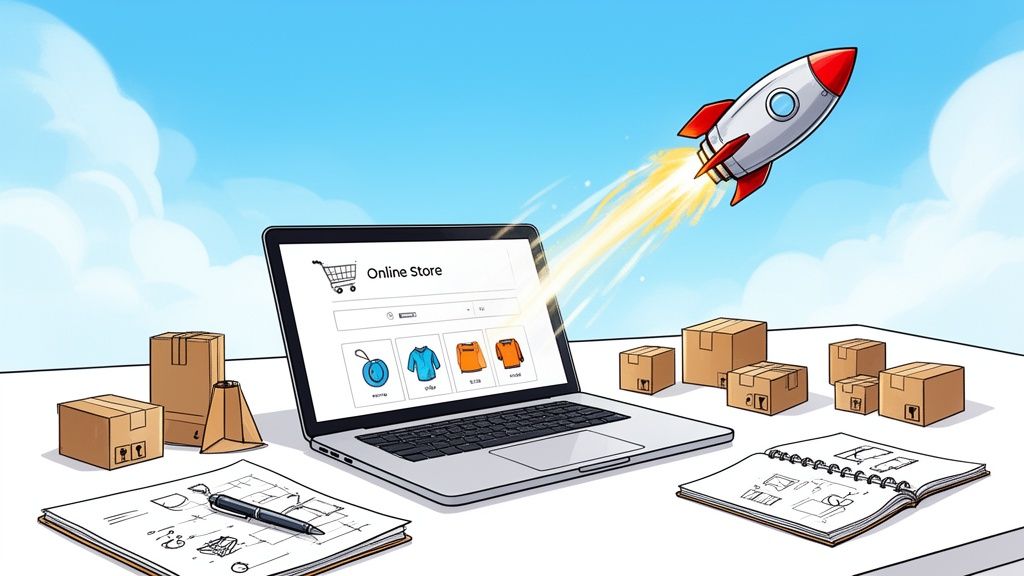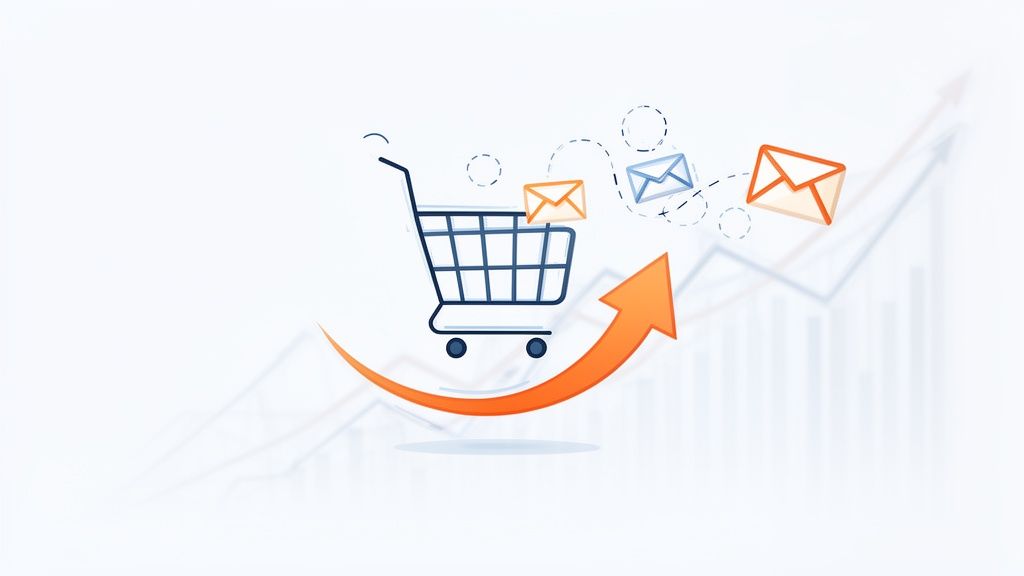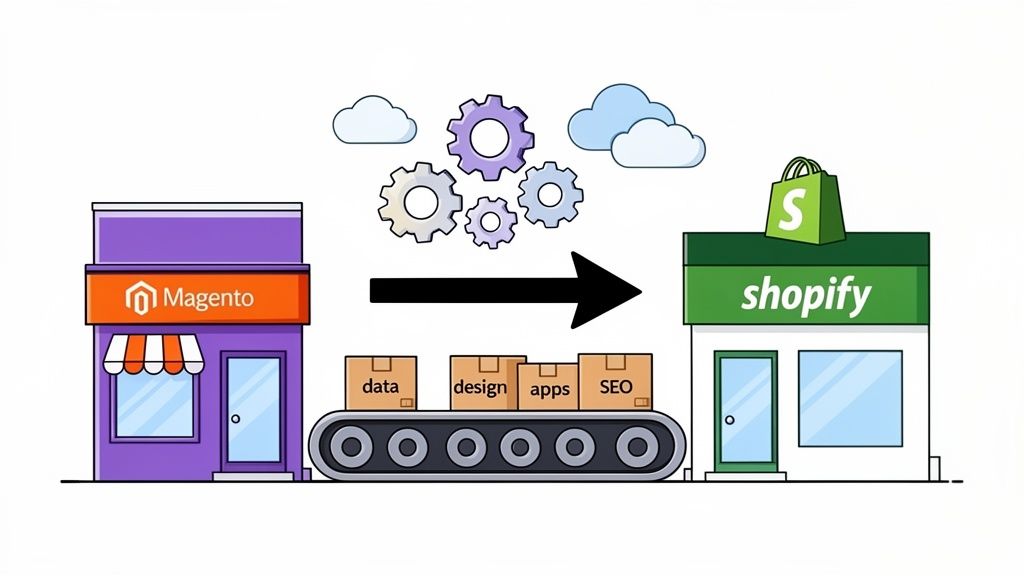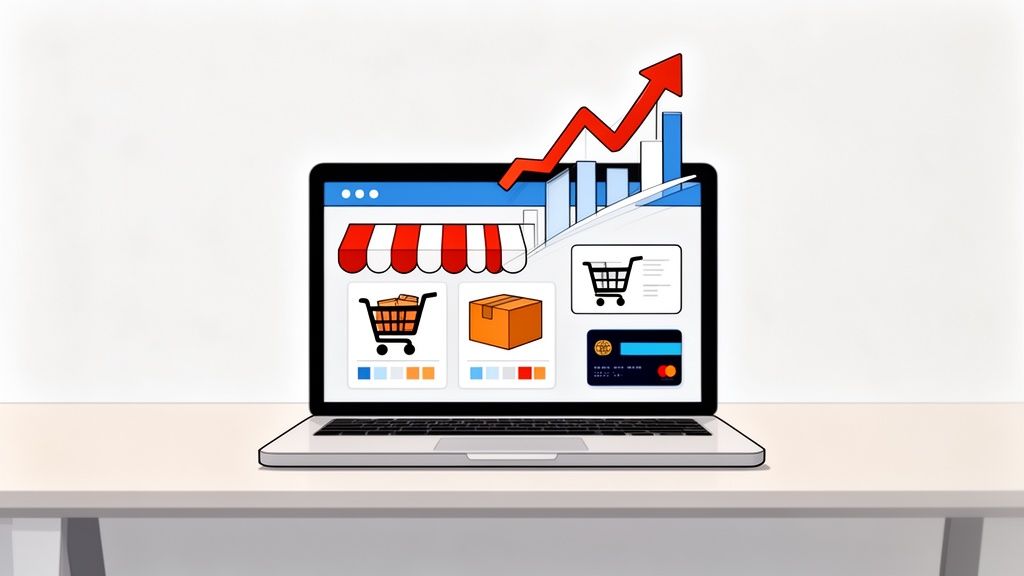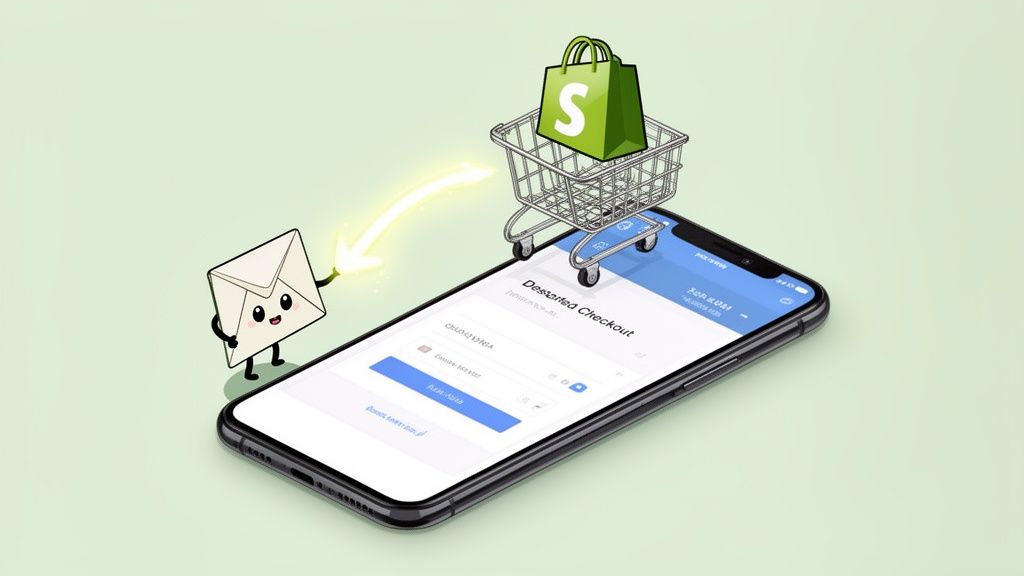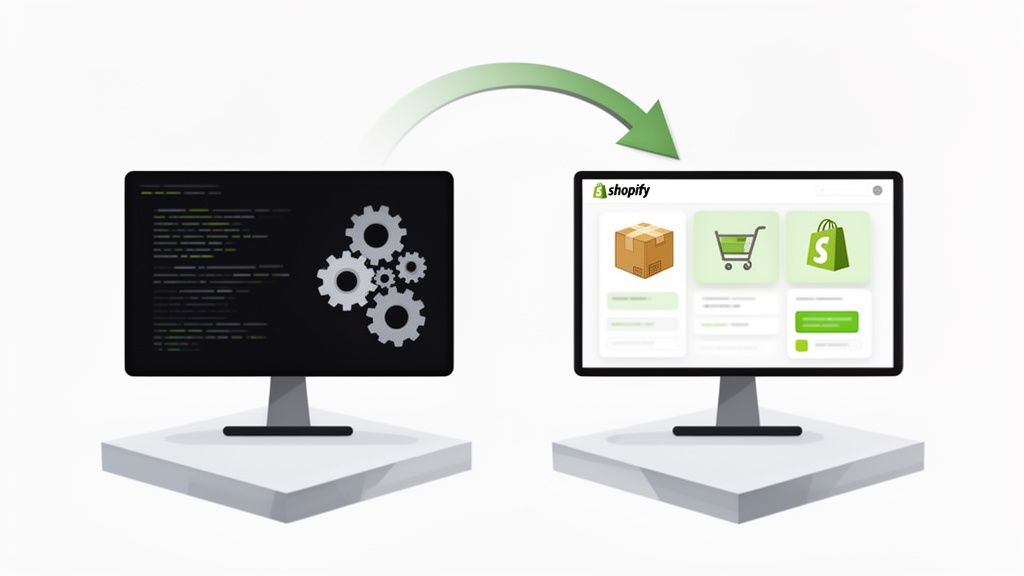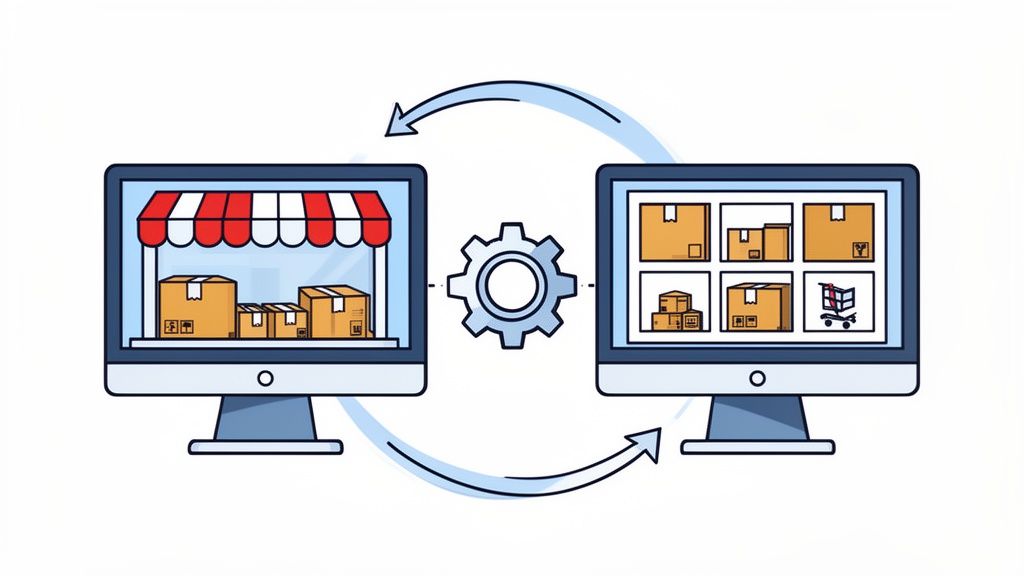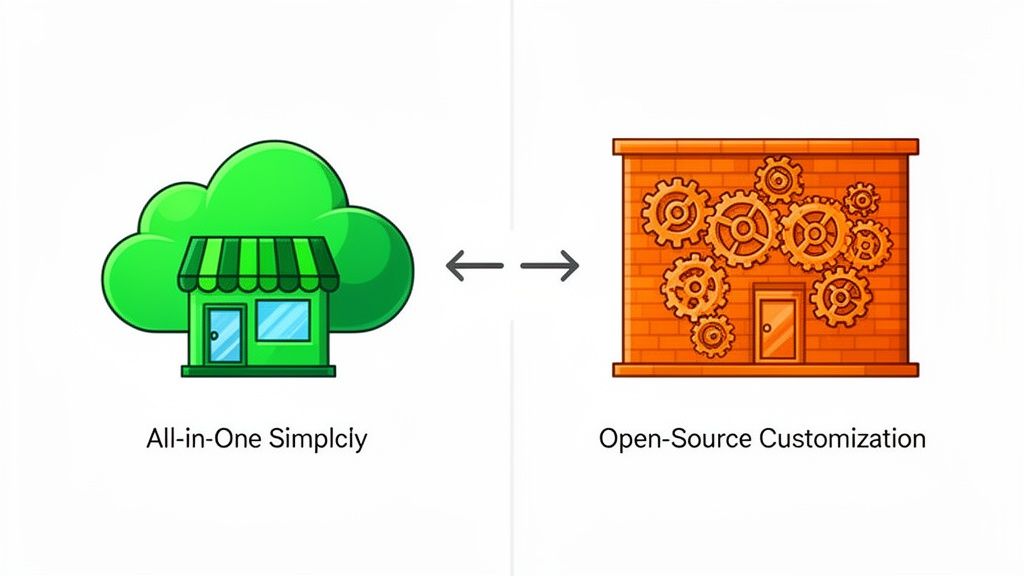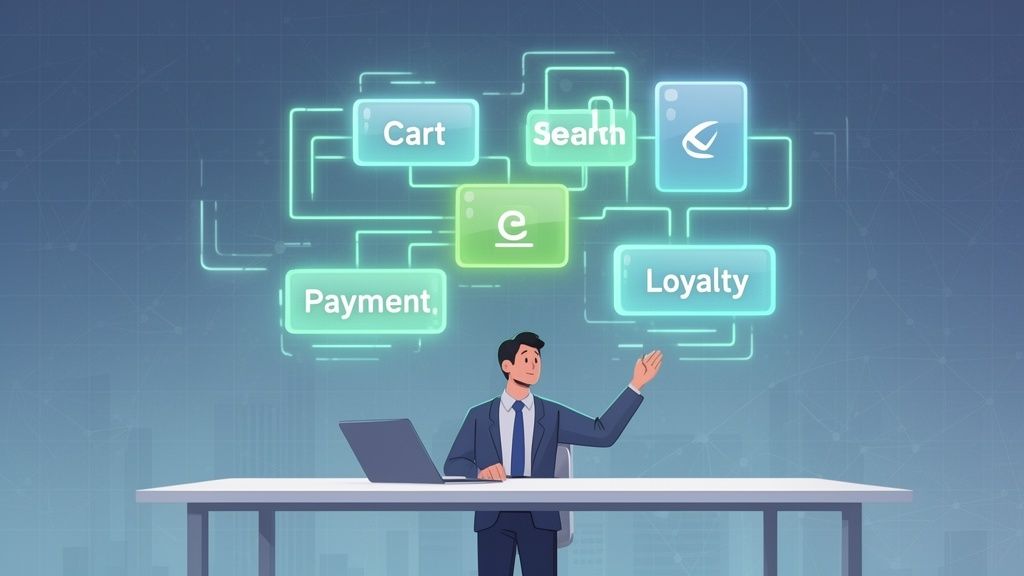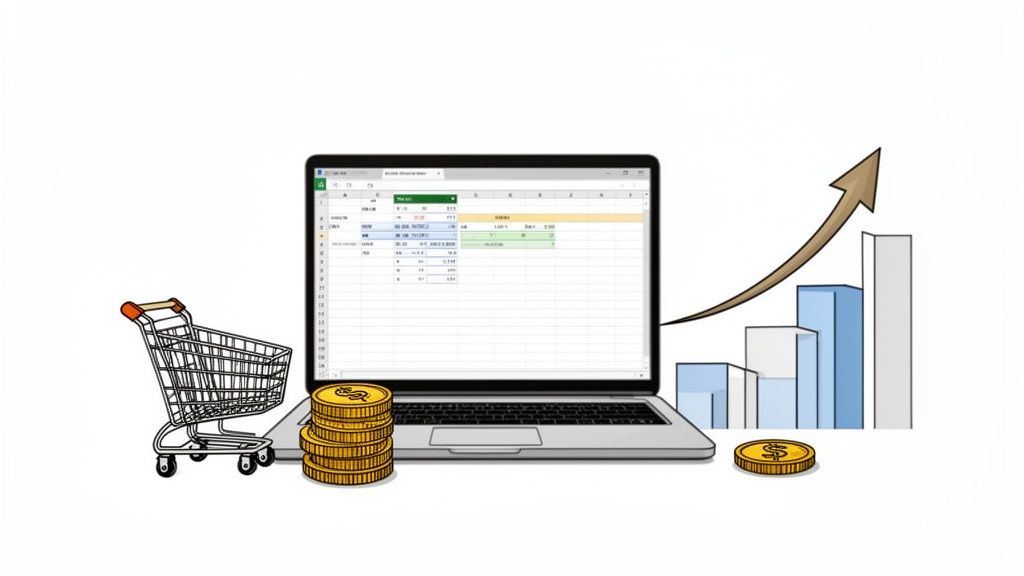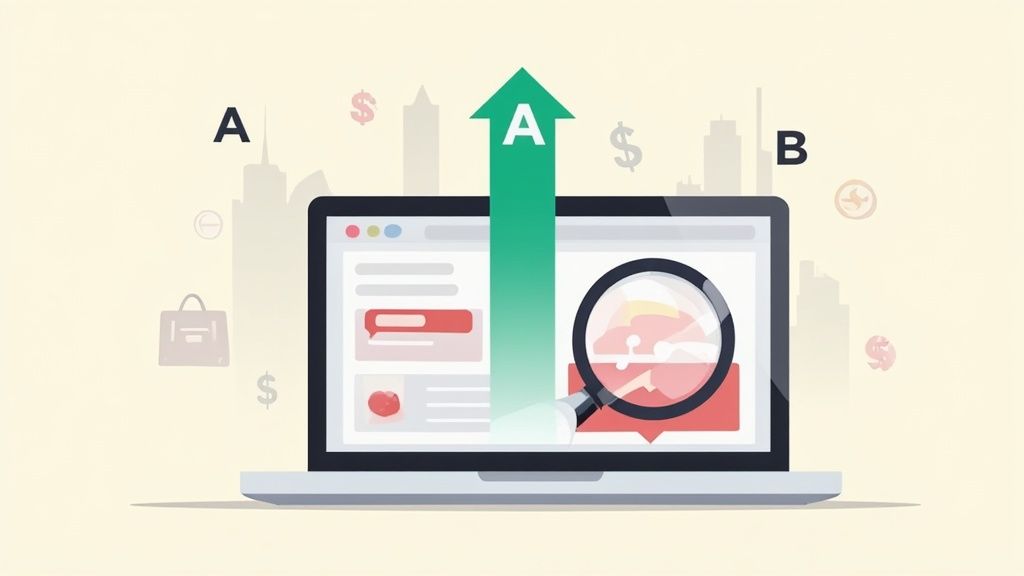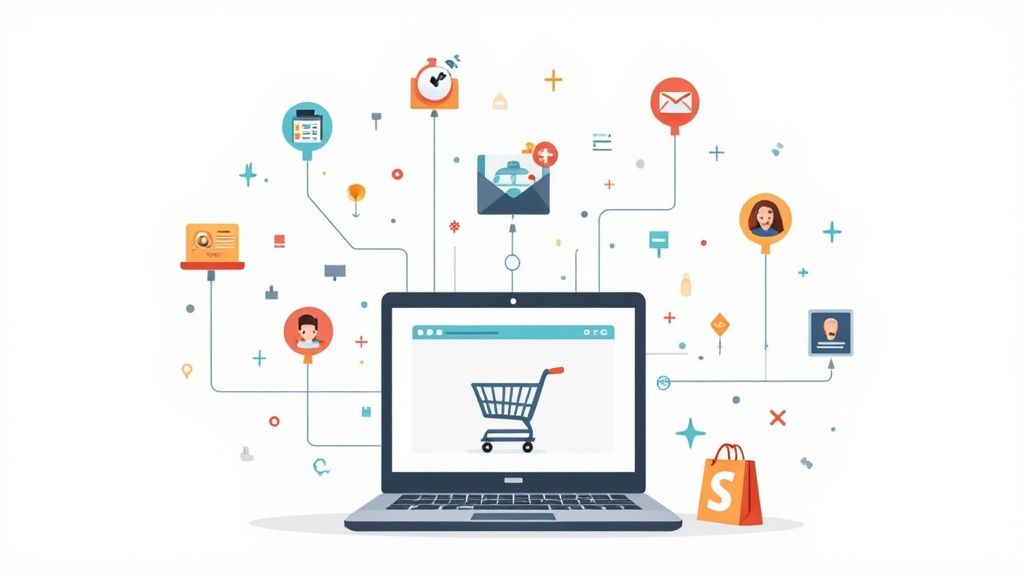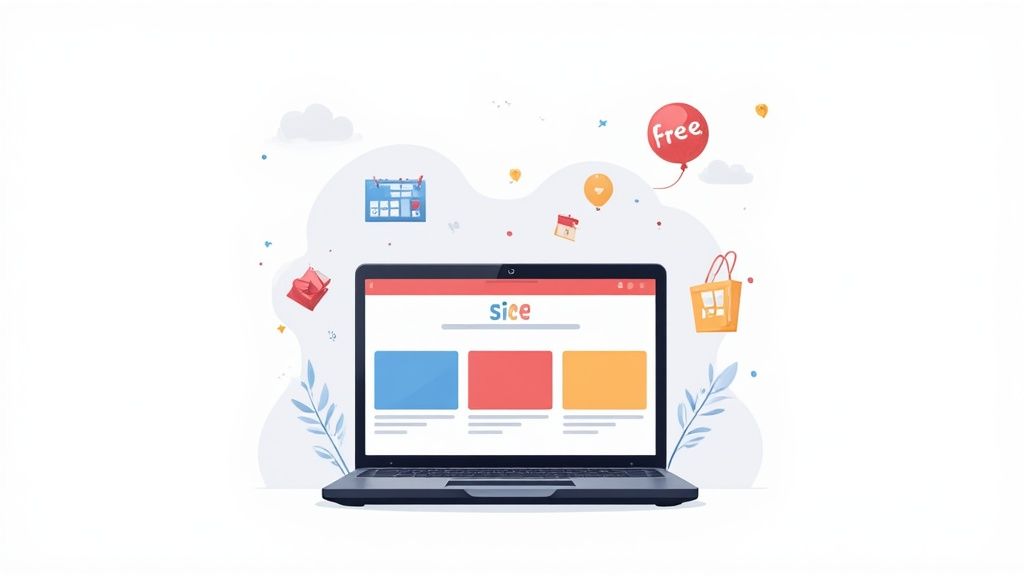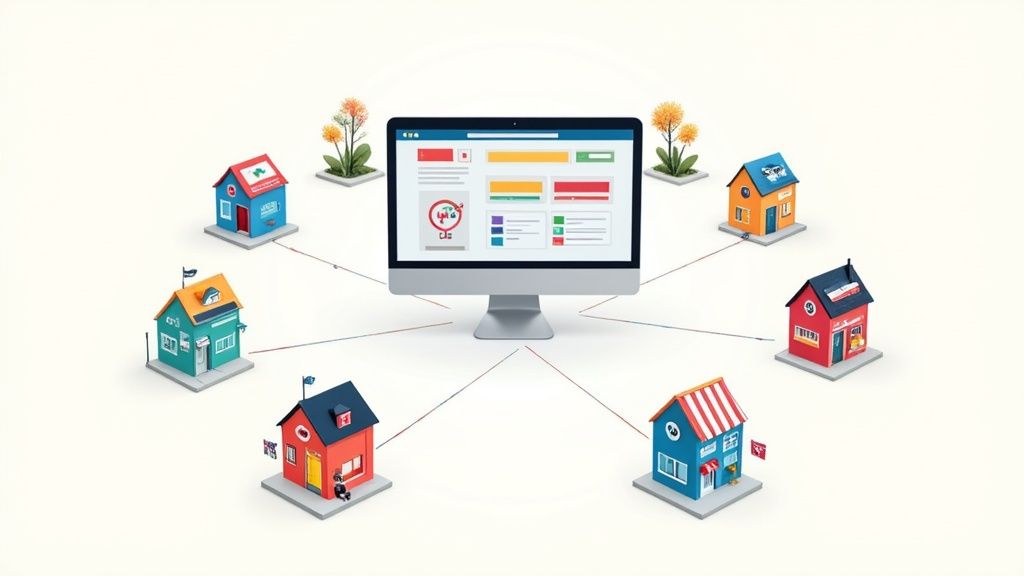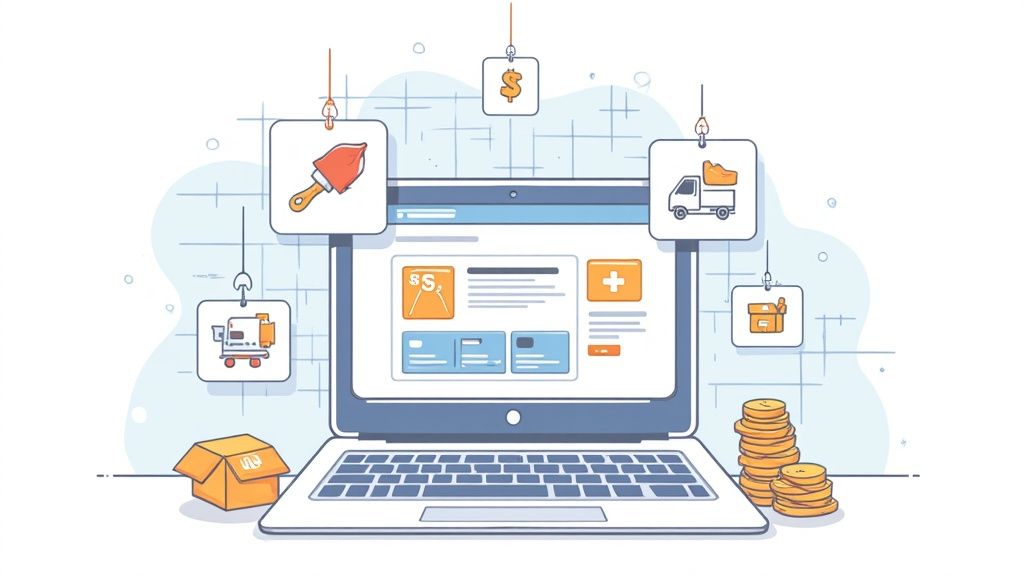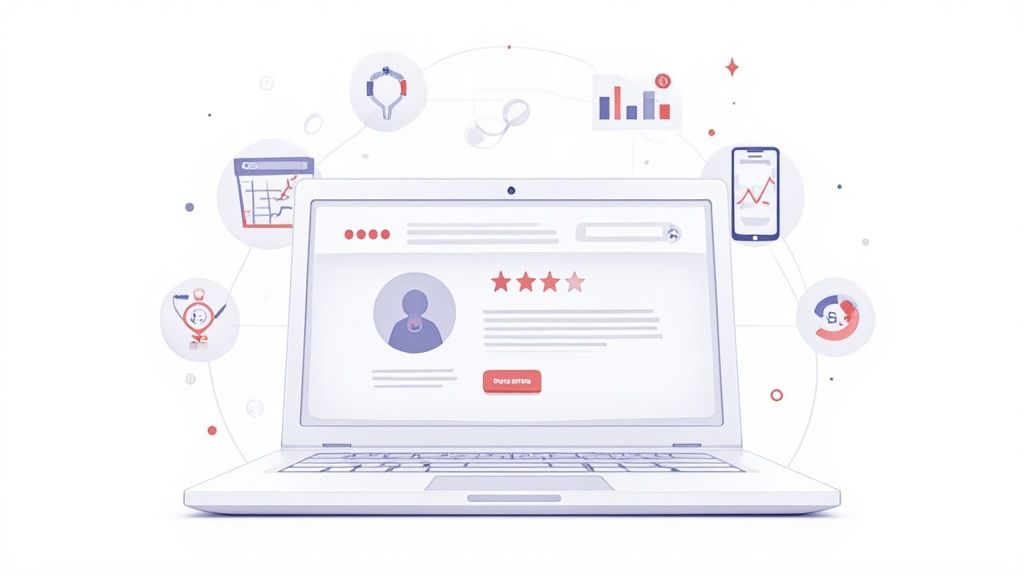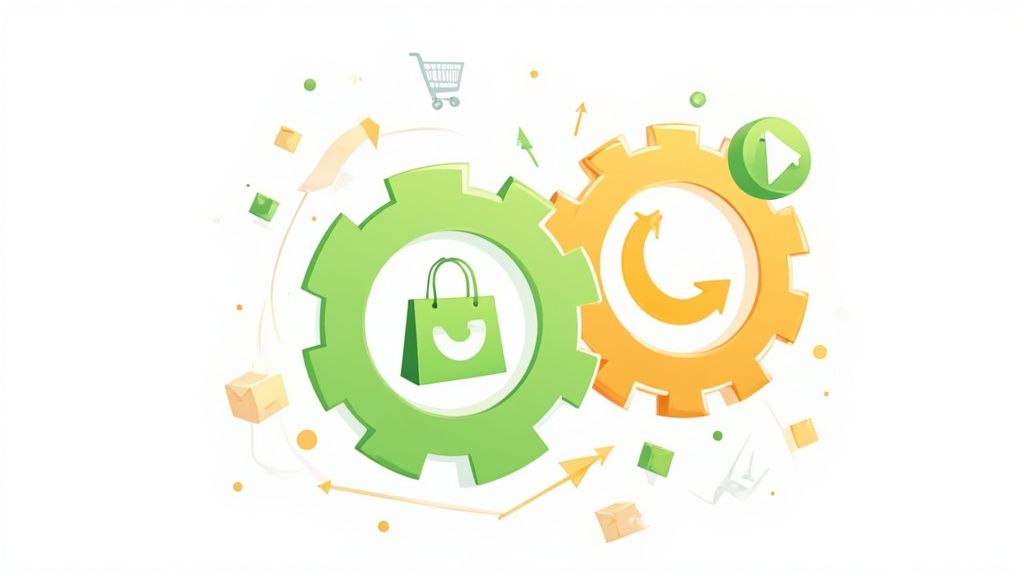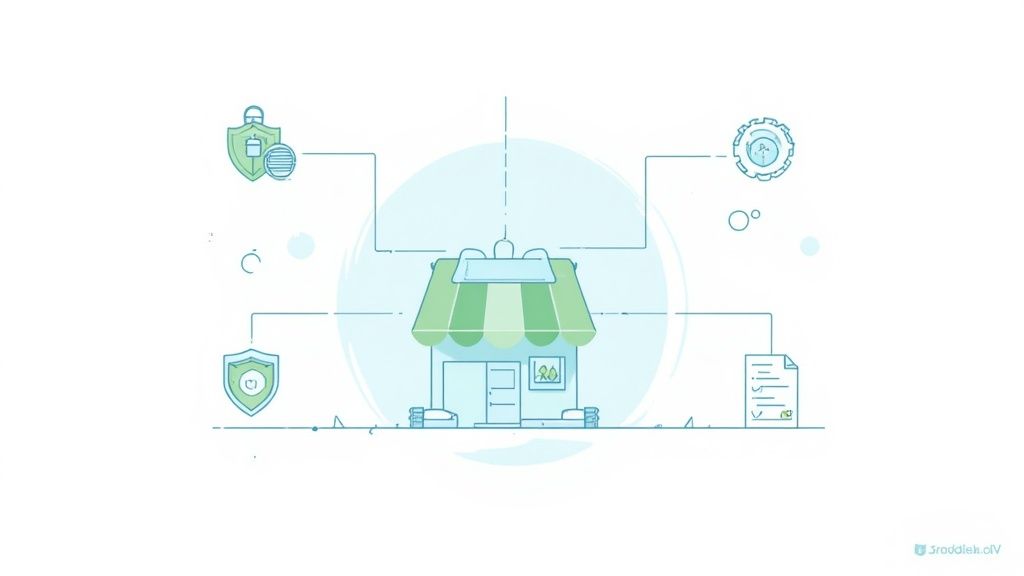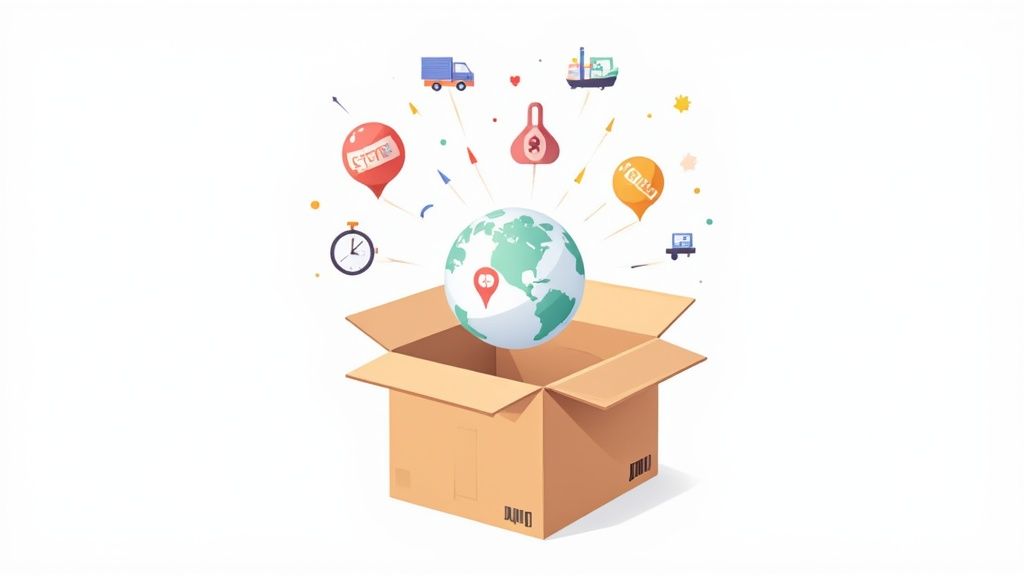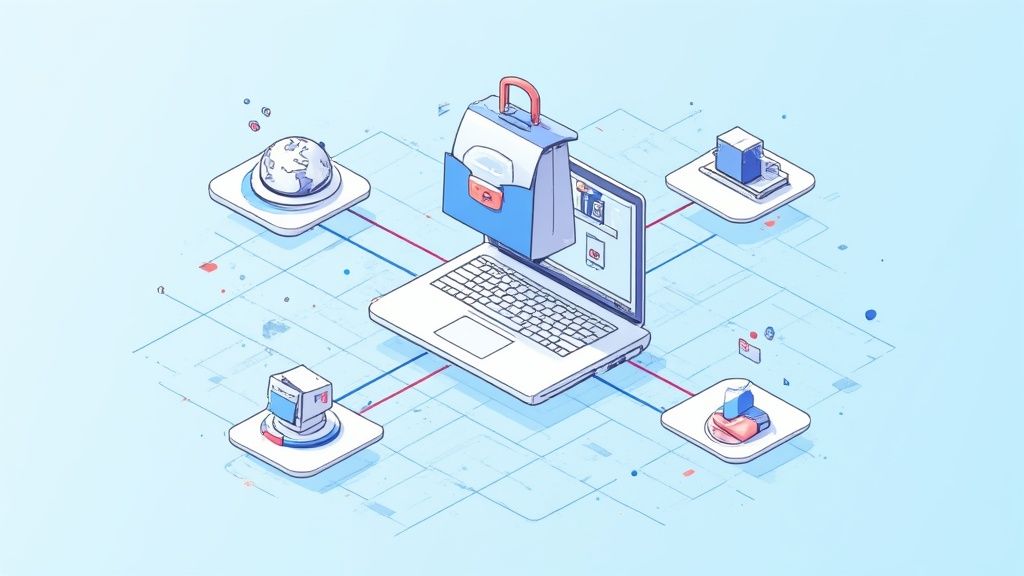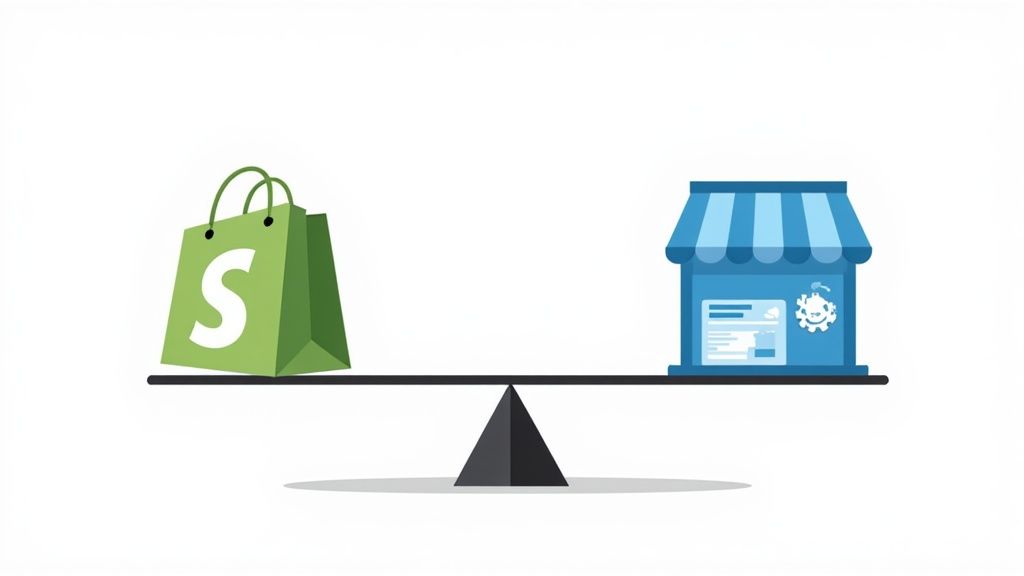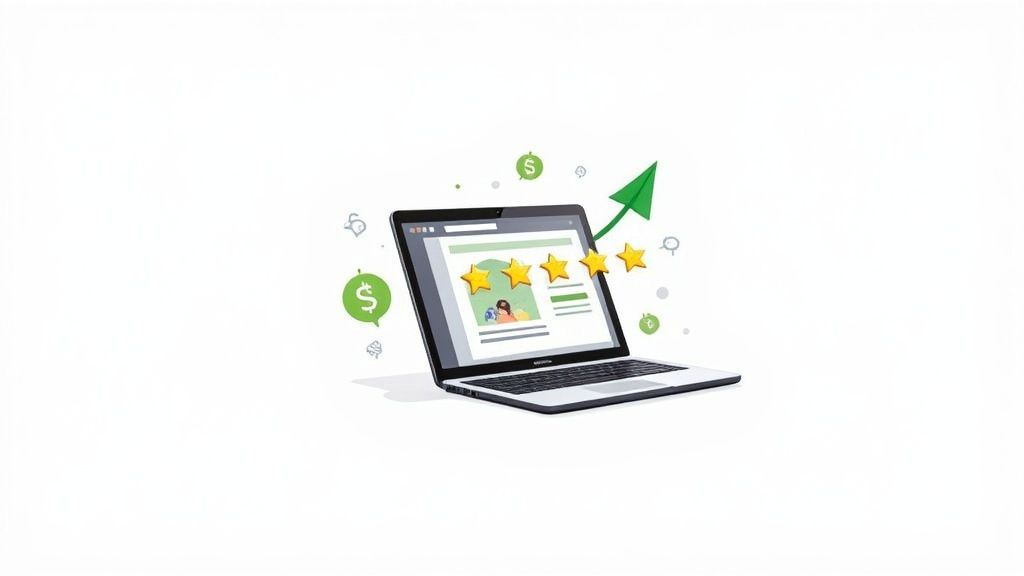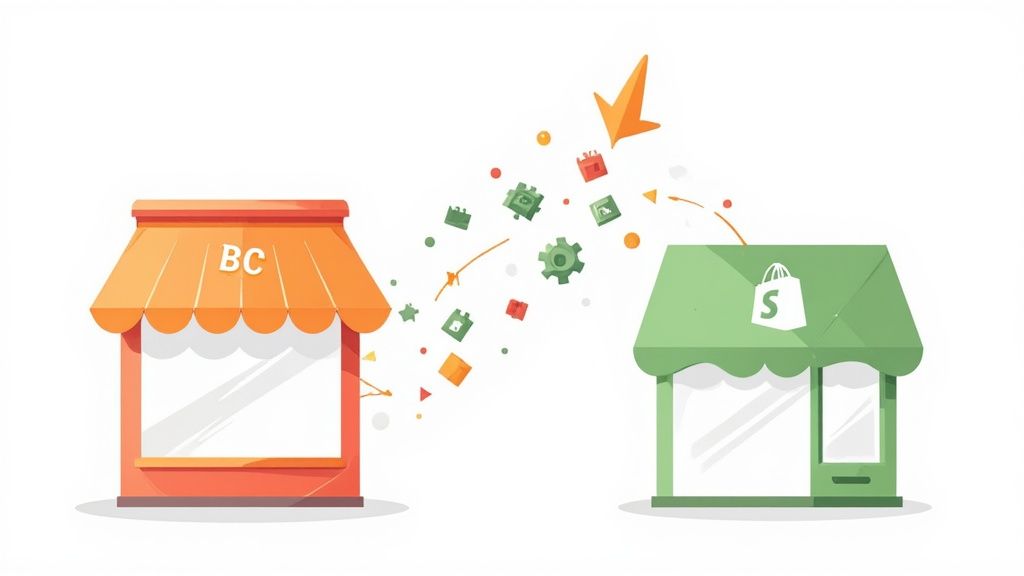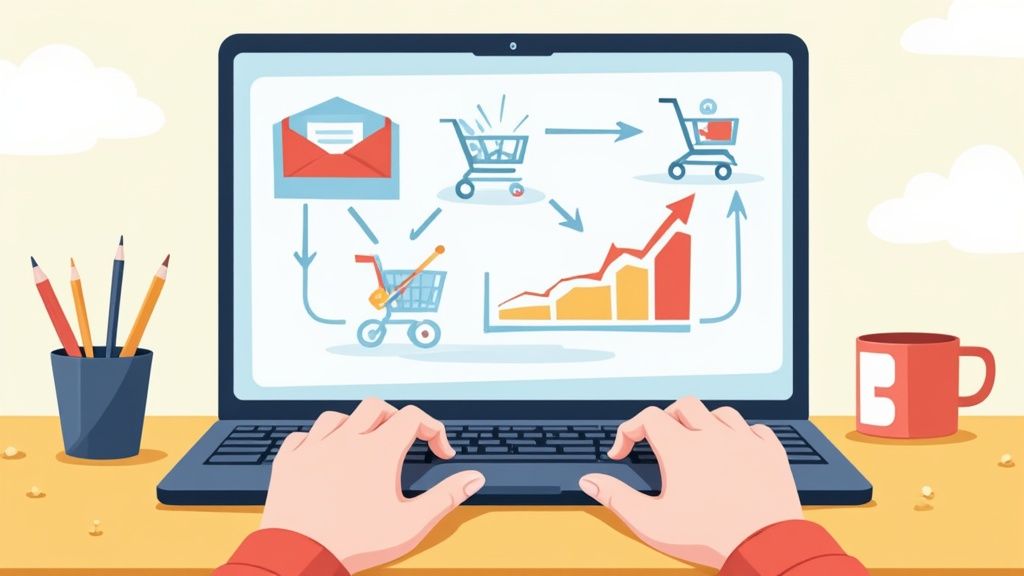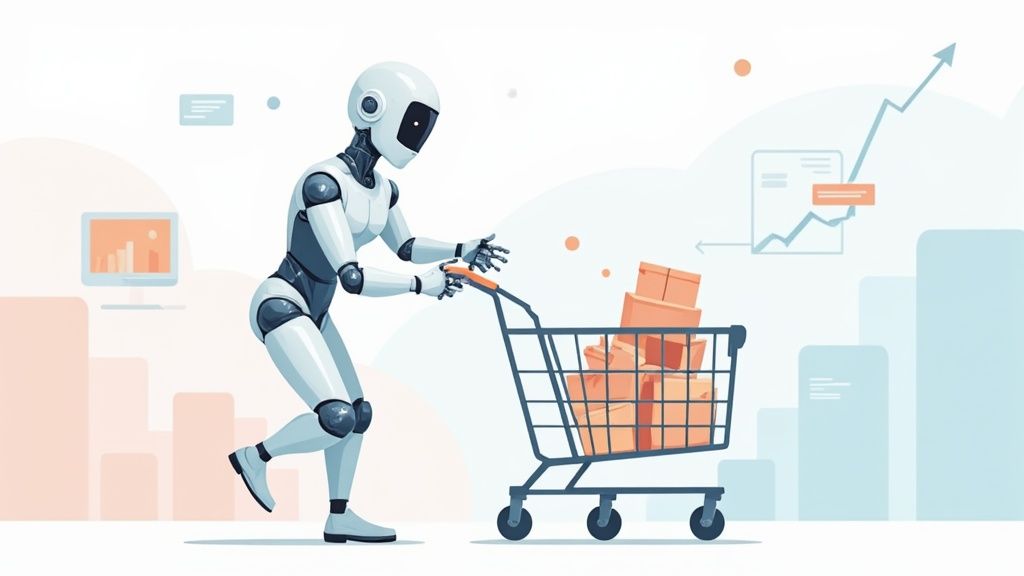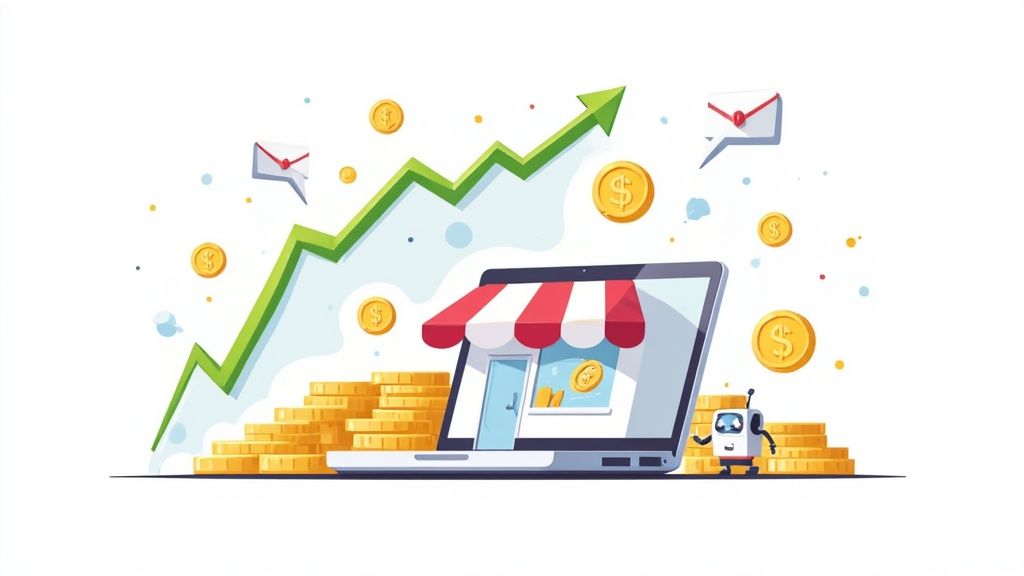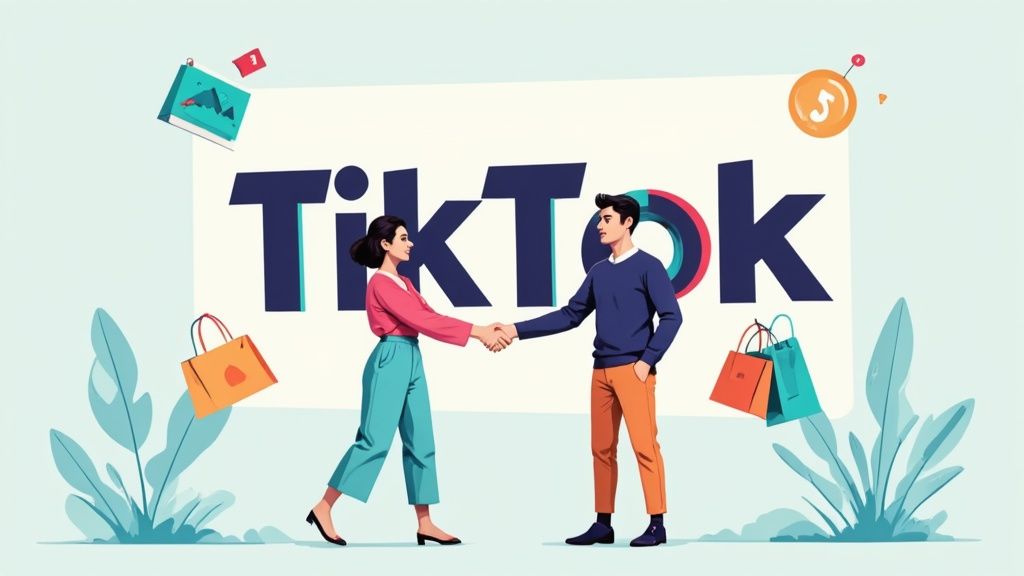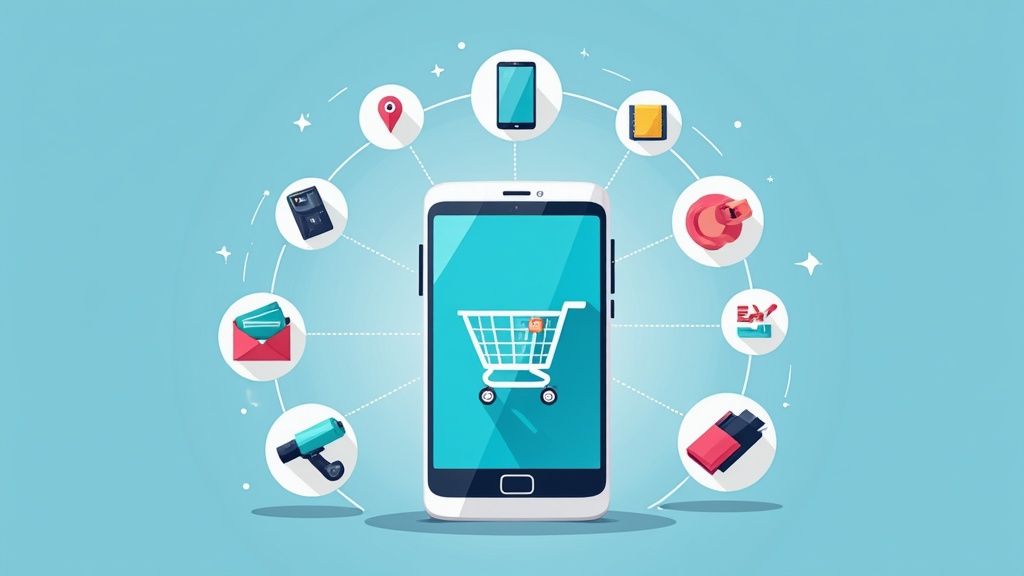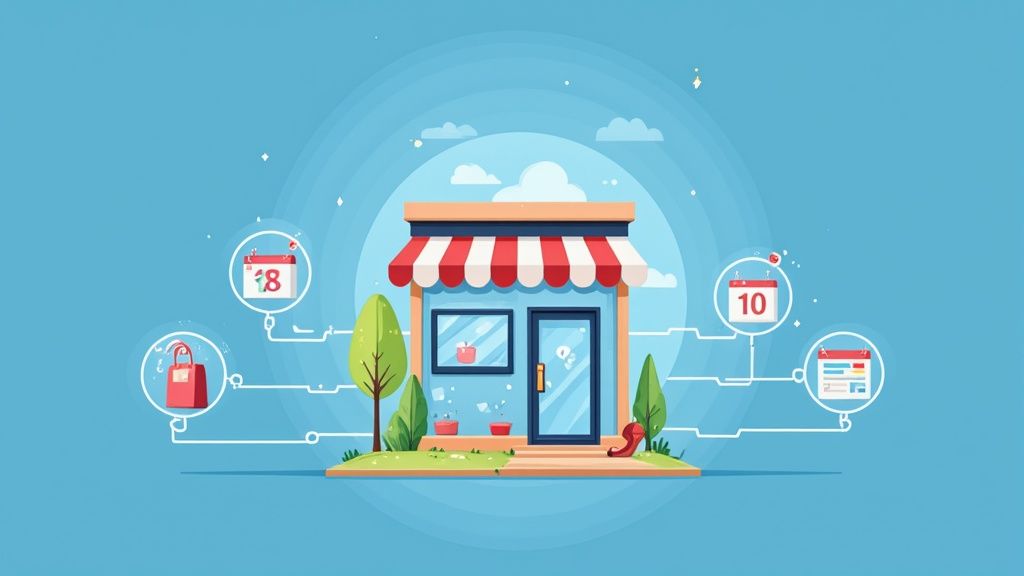
Shopify is an ecommerce platform you can use to build an online store. It allows you to sell both online with your own website and/or in person using a point of sale app. Shopify is easy to use for everyone, from beginner dropshippers to high-growth D2C brands. And Shopify Markets is a cross-border management tool that helps you identify, set up, launch, optimize and manage your international markets - all from a single store.
Shopify Markets gives you the tools you need to easily identify, set up, and administer a multi-country store from your Shopify admin, enabling you to scale and improve your global selling strategy. With Markets, you can expand your consumer base internationally in a matter of clicks, boost sales with market-specific buying experiences, and prepare your growing company for international trade.
1. Increase international sales with localization
By constructing personalized customer experiences with currencies, languages, domain names, and payment options that foster confidence and increase conversion, Markets assists you in localizing your online store.
2. Local currencies
Your foreign clients expect to purchase easily in their home currency, and our own data demonstrates that businesses that price their goods in the native currency of a customer see an up to 40% rise in conversion rates. When you use Shopify Payments, Markets enables you to instantly convert your storefront pricing to 130+ other currencies and rounds them up in accordance with the most recent foreign exchange rates. Markets offer a uniform multi-currency shopping experience across the board, from the storefront and checkout to notifications and refunds, enabling your foreign clients to make confident purchases.
3. Store translation to local languages
According to a poll of 8,709 consumers worldwide in 29 countries, 65% of them prefer to make online purchases from websites that offer information in their own language, and 40% won't even consider doing so. Using third-party translation programs that enable a combination of both manual and machine translation, Markets makes translating your store easier. Similar to how currencies function consistently throughout your store, languages do the same to give your customers a fully localized experience.
4. Domains and SEO
International domains help your store appear more prominently in search results, draw in more customers, and boost conversion. Because subfolders are automatically created when a new market is created, Markets make it straightforward to establish a domain strategy for a particular region. Accordingly, your US market may be found at example.com, and your Canadian market can be found at example.com/en-ca. Depending on your preferences, you can also decide to set a subdomain (ca.example.com) or a nation domain (example.ca).
Whatever option you select, Shopify automatically sets the appropriate SEO tags to ensure that your overseas customers see the correct domain in their search results. The Geolocation app can prompt users to select the appropriate market depending on their IP address in cases when auto-redirects don't function as planned (such as in the EU, where it's illegal to automatically redirect visitors).
5. Payment methods
Online payment options can have a significant impact on purchasing decisions. Customers in some areas, which vary globally, prefer to pay using services they are familiar with and confident in. Offering local payment options to your overseas consumers can significantly increase conversion.
6. Duties and import taxes at checkout
International customers may suffer less-than-ideal customer service, package refusals, and chargebacks if they are unsure of whether additional customs, import taxes, or other expenses would apply to their purchase. Duties and import taxes are crucial components of your global strategy as a result. By collecting tariffs and import taxes at the point of sale, markets make it simple for clients from other countries to have a positive experience with your company. This means fewer delivery surprises for your consumers and completes cost certainty for their transactions.
How Shopify Markets supports multi-country expansion on your terms
1. Turn key market optimization
When you create a new market, Markets automatically apply the appropriate currency and domain subdomain, streamlining the process of global expansion. By doing this, you can be confident that clients from other countries can find you online and browse in the currency they're most likely to convert to. Additionally, data-driven advice assists you in strategically and effectively entering the most promising markets to secure your success.
2. Configurable market areas
Markets enable you to structure your global business in any way you see fit. Depending on your organization, managing numerous nations or regions collectively as opposed to single may be more advantageous. This can let you expand more widely without having to repeat your localization work. For instance, you might wish to establish a single market for all of Europe or the Asia-Pacific region (don't worry, you can still do this while offering your customers in those regions rates in local currencies and local payment options).
3. Custom pricing by market
The price strategy that works in your primary market probably won't work in every market you wish to expand to because one size doesn't always fit all.
With Markets, you can quickly make percentage-based modifications by the market to your store's earnings in foreign markets to account for shipping cost variations, giving you more control over your pricing strategy. Shopify Markets also enables you to set precise prices for a limited number of products in certain countries in accordance with the terms of your contracts with distributors or merchants there.
Coming soon: More customization
The process doesn't end with customizing your store's pricing. Shopify will soon introduce new Markets capabilities that will give you more control over your global business, such as:
- Custom storefront content by market. Beyond mere translation, provide your consumers in particular markets with wholly original content.
- Sell different products in different countries. Market-specific product customization will help you meet customer preferences, seasonality, and legal requirements.
- Market-specific inventory and fulfillment controls. Based on the numerous warehouses or inventory locations you have that ship to specific markets, surface the appropriate inventory to your online store.
The future of international selling is here
Global eCommerce isn’t an option anymore; it’s a necessity, and your company’s growth, perhaps even its future, depends on it. It’s why you need to try Shopify Markets.






